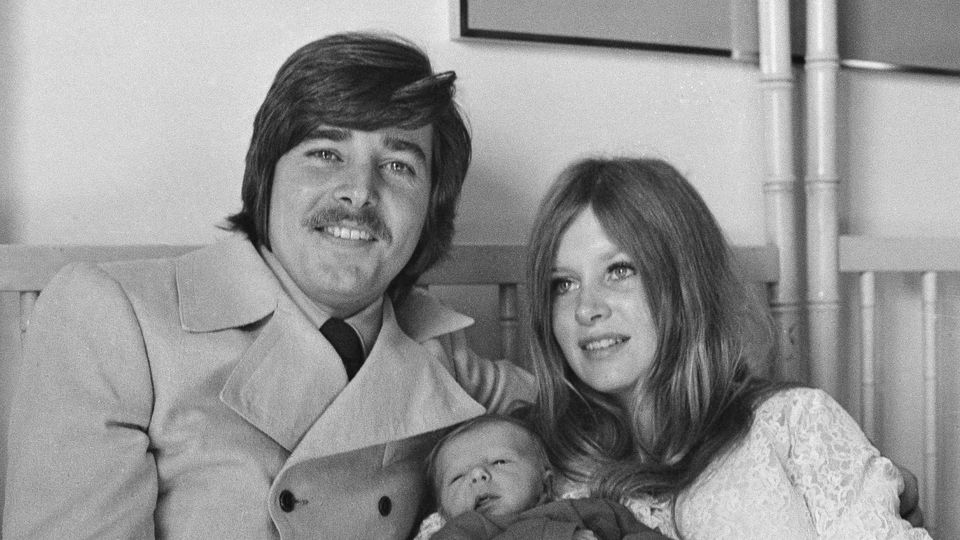
Introduction
Bobby Sherman, a name synonymous with the teen idol phenomenon of the 1960s, continues to hold a special place in the hearts of many fans. His meteoric rise to fame, characterized by charming looks and a melodic voice, reflects the cultural landscape of the era, which celebrated youth and affection in popular entertainment. In an age dominated by music and television, Sherman not only emerged as a beloved pop star but also as a respected actor. This article explores his contributions, significance, and lasting legacy in contemporary music and media.
Bobby Sherman’s Early Years
Bobby Sherman was born on July 22, 1943, in Santa Monica, California. Growing up in a musical family, he developed a passion for singing at a young age. His career took off in the mid-60s when he appeared on the television series Shindig! and gained national attention. His hit singles, including “Little Woman” and “Julie, Do You Love Me?”, topped charts across North America, solidifying his status as a teen idol.
Television Stardom
In addition to his music career, Sherman starred in the hit TV show Here Come the Brides from 1968 to 1970. The series gained a cult following and showcased his acting talents alongside fellow star David Soul. The show’s success amplified his popularity, leading to appearances on various talk shows and adolescent-targeted programs. By the early 70s, Sherman became a staple of teen magazines and fans eagerly followed his every move.
The Shift in Career
<pDespite his early success, the 1970s brought changes in the entertainment landscape, leading to shifts in public interest. Bobby Sherman transitioned from a teen idol to pursuing interests in philanthropy and health care. He became a certified Emergency Medical Technician (EMT) and dedicated a significant amount of time to volunteer efforts, particularly in the aftermath of disasters. This transition showcases his commitment to community service and personal growth beyond the entertainment industry.
Legacy and Influence
Today, Bobby Sherman’s contributions to music and television are remembered fondly by older generations while also finding a new audience through nostalgia culture and retro media. The resurgence of classic television shows and music from his era has introduced his work to a new generation, influencing modern pop culture and inspiring contemporary artists. Sherman’s life exemplifies how stars of the past can continue to shine and impact future generations.
Conclusion
Bobby Sherman remains an iconic figure of the 60s, representing a distinctive era in the entertainment industry. His accomplishments in music and acting, along with his humanitarian efforts, demonstrate a multifaceted personality that resonates well beyond his years as a teen idol. As fans reflect on his enduring legacy, it is clear that Sherman’s contributions to both the performing arts and society will not be forgotten. In an age where fame often seems fleeting, Bobby Sherman stands as a testament to the lasting impact of authentic artistry and goodwill.



